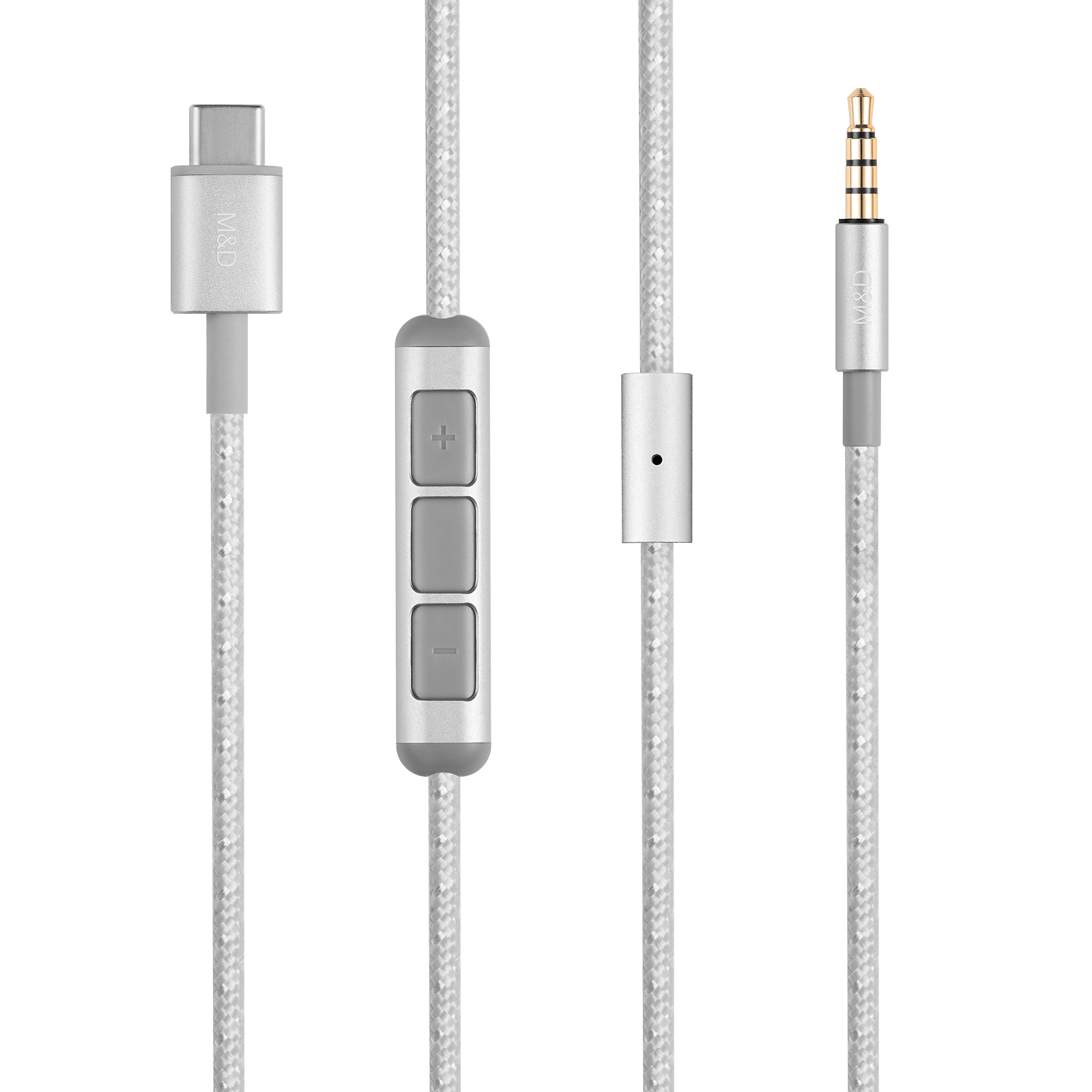A true multi-hyphenate, Dario Calmese is a photographer, writer, artist, podcast host and teacher. He also serves as the show and casting director for fashion brand Pyer Moss. In August 2020, Calmese’s photograph of actress Viola Davis, inspired by slave imagery, appeared on the cover of Vanity Fair—making it the publication’s first cover image to be captured by a Black photographer. The 10,000 spoke with Calmese about the historical cover, his new podcast The Institute of Black Imagination, and his art and photography practice. In February 2021 we caught up with Calmese to learn about the course he leads at Parsons School of Design, “Decolonizing the Gaze: Fashion, Race and the Aesthetics of Visual Design" and in September 2021 we spoke with him once again to learn about his work with Adobe Lightroom with new presets centering brown skin.
Header image: Dario Calmese directing Pyer Moss, photographed by Noemie Marguerite
You recently launched your podcast, The Institute of Black Imagination. Can you tell us more about the kinds of conversations listeners hear on the podcast?
Hi, yes! We launched the podcast at the end of May. Listeners will hear conversations from what I like to call “The Pool of Black Genius”; extraordinary individuals—some famous, some not—who are at the vanguard of shaping culture and actively working to create a more equitable future across the design spectrum. When I speak of design, I’m not only talking about the fields of architecture or industrial design, but fashion, art, music, business, the written word, etc. These are all design elements; ways of manifesting and guiding thought.
Was there anything specific that inspired you to start the podcast?
Yes, there was! A few years ago I encountered the great artist Geoffrey Holder, or more specifically, his vast book collection. Geoffrey, himself a multi-hyphenate (dancer, singer, director, fashion designer, costume designer, actor, painter), collected books across a broad spectrum, from stage design, art, and fashion, to mythology, the occult, and erotica. Being one whose work crosses multiple disciplines, it’s not only challenging explaining to people what you do, but also finding mentors to model after. With Geoffrey I felt a kindred creative spirit, and realized these books were a roadmap; Geoffrey left behind a blueprint to creativity, and a very Black, polymathic way of expression. Unfortunately he is no longer with us, but my aim with the podcast is to collect multiple blueprints, a tribe of mentors for the current and future crop of Black creativity.

























